You are here
Pavlodar Museum of Local Lore
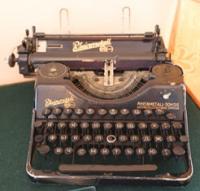
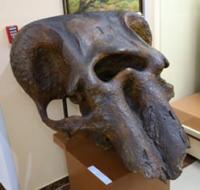
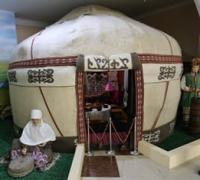
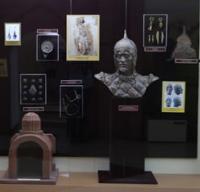
Pavlodar Regional Museum of Local History named after G.N. Potanin
“What I hear doesn't matter; what matters is what I see, especially when I close my eyes.”
Giorgio di Chirico, surrealist painter.
Excursions to museums of Pavlodar
Pavlodar Regional Local History Museum named after G.N. Potanin is located 478 meters from the right bank of the Irtysh River, 240 meters northeast of the Lenin Park, along Astana Street between Anatoly Lunacharsky and Mikhail Isinaliev streets.
The museum was founded in 1942 by the famous local historian D.P. Bagaev on the basis of his collection of photographs and exhibits collected by the Pavlodar branch of the Society for the Study of Kazakhstan.
The museum is located in four buildings - architectural monuments of the late XIX century, of historical and memorial significance. The main building (Astana street, 149) is the former trading house of the merchant A.I. Derov, built in 1896 according to the project of architect P. Batov, especially for shopping arcades.
After nationalization in the 1920s, it housed various trade establishments and shops. In 1938, the first regional party conference was held in this building. During the Great Patriotic War, several rooms were occupied by evacuation hospital N 2448. Later, in 1942-1945, an exposition of the local history museum was located here.
By the decision of the city executive committee of the Council of People's Deputies in 1977, this building with a total area of 1000 square meters was transferred to the museum. Currently, there are exposition halls and a scientific library with a fund of 12,000 items, of which 600 are rare books and manuscripts.
The museum's funds are located in the second building (129, Astana street). The writer A.S. Sorokin (1884 - 1928) spent his childhood and youth in this house. In 1945, this building, at the request of the founder and first director D.P. Bagaev was transferred to the museum.
From 1945 to 1980 this building housed the exposition, funds and other services of the museum. From 1980 to the present, the department of funds has been located here. The main fund of the museum has over 50,000 exhibits. Some of them are unique.
These are negatives of rare photographs, documents. Archaeological, paleontological, ethnographic, numismatic collections are richly represented, which are constantly displayed at exhibitions and expositions. The third room of the museum (Astana street, 147) is the house of the merchant Filatov, which is an architectural monument of the late XIXth century.
This peculiar two-storey building with a balcony was built in 1897. The building was leased by the merchant Filatov. It housed the post and telegraph office, as well as other district offices, as evidenced by the security plaque installed on the facade of the building.
Since 1932 there was a polytechnic here. In 1988 the building was transferred to the museum. Currently, there is a directorate, staff offices, art and restoration workshops, a carpentry shop, a small exhibition hall, and a preliminary storage room for exhibits.
The fourth building of the museum is an outbuilding (Astana street, 131). It was built by the merchant Sorokin for household needs and is located in the courtyard of the main building of the museum (Astana street, 129).
This room was transferred to the museum in 1967. Previously, it housed a library, art workshops, a projectionist's office and other museum services. Now there is an archaeological laboratory. The exposition of the museum is presented in 9 halls: nature, archeology, ethnography, the hall of the history of the Irtysh region of the XV - XIX centuries, the hall of the history of the development of the economy and culture of the Irtysh region of the late XIX - early XX centuries, the hall of the revolution and civil war, the hall of the Great Patriotic War war, hall of history and modern development of the Pavlodar region.
In the future, it is planned to create an exhibition hall, a conference hall, a hall for the exhibition and sale of art works of arts and crafts and antiques.
Hall of nature of Pavlodar Museum.
The first two halls of the museum are dedicated to the nature of the region in ancient times. Here are paleontological finds of a hipparion skeleton from the unique paleontological monument “Goose Flight”, located on the banks of the Irtysh, in the center of Pavlodar, a complete skeleton of a big-horned deer found in the deposits of the Irtysh terrace near the village of Zhambyl, Lebyazhye district, as well as a mammoth skeleton collected as a result of excavations in various regions of the Irtysh region, individual bones and parts of the skeletons of other extinct animals.
This hall shows dioramas of various landscape zones of the region, with stuffed animals characteristic of these ecosystems. Archeology Hall of the Pavlodar Museum. The hall of archeology presents materials found on the territory of the region from among random finds and objects obtained as a result of archaeological research, expeditions of the Institute of Archeology.
O.H. Margulan and Pavlodar archaeological expedition of the museum. These are the oldest stone tools found in Paleolithic workshops and stratified sites in the deposits of the Irtysh terraces and Lake Maraldy: pebble tools - choppers, choppengs, hand axes, disc-shaped and Levallois cores.
Artifacts of the Upper Paleolithic era from the Ekibastuz-15 site are represented by end and wedge-shaped cores, items made of knife-like blades and flakes. The development of material culture in the Mesolithic-Eneolithic era is demonstrated in a separate exposition built on the materials of the Shiderty-3 multi-layered site, where complexes of stone tools of the early and late Mesolithic, early, middle and late Neolithic and Eneolithic are revealed - represented by materials of a new type, which can be considered as variant of the new Eneolithic culture of the Kazakh steppes.
At this site, a human burial was found, which dates back to the Eneolithic era. According to his bone remains, Doctor of Historical Sciences L.T. Yablonsky performed a plastic reconstruction of the external appearance (bust). The burial can be preliminarily dated to the turn of the IVth - IIIrd millennium BC.
The Bronze Age is represented in the exhibition by finds from the burial grounds of Michurino-1 and Kara-Tumsyk of the Andronovo era. Ceramic vessels with geometric ornaments, bronze ornaments, and tools were found here.
Of particular interest are materials before the Andronov bronze found in the settlements in the Pavlodar region - Shauke-1 and 3, Michurino-1, related to the Krotov culture, widely represented in the Irtysh region by random finds of bronze items and individual burials.
Of the random finds, these are bronze Celts, daggers, a forked tip of a dart. The section ends with a collection of the Late Bronze Age, represented by materials from the Begazy-Dandybaev and Alekseev-Syrgara cultures.
The era of the Early Iron Age is represented by chance finds of two unique Sarmatian swords and akinaki, bronze solid-cast bits, metal-plastic objects with animal style samples, arrowheads of various types, ceramics, a stone altar and gold sewn-on plaques.
The section of medieval archeology presents bridle sets, various bone and bronze buckles, bronze and gold earrings, a belt set, objects from the Kimak kinotaf with preserved fragments of fabric, lamellar iron armor, belts and sword belts, a birch bark quiver with nineteen arrowheads of various types, remains bow, sword and other objects made of organic material.
The exposition also includes a female headdress made of silver sheet “Bocca”, a silver mirror with plot scenes of a rider chasing an animal, and ritual sewn-on plaques in the form of masks, a goddess horsewoman, noisy pendants with horse heads, originating from burials from the Rostkinskaya archaeological culture, widely presented on the territory of the Irtysh region along with the culture of the Kimaks.
The museum collection is complemented by five stone sculptures of the Turkic era.
Hall of ethnography of Pavlodar Museum.
The exposition of this hall is dedicated to the traditional culture of the peoples living in the Pavlodar region. The yurt, a mobile dwelling of the Kazakhs, and its decoration: carpets, mats, a bed, a cabinet for dishes, a besik (baby cradle), a table, chests and other household items give an idea of the life of the Kazakhs.
The exposition contains samples of men's and women's clothing, belts, jewelry, musical instruments, bridle sets, saddles, agricultural implements, cult objects, dishes and utensils. Part of the exposition, which imitates a room in a wooden house with a Russian stove and household items: ceramic dishes, a spinning wheel, irons, samples of men's and women's clothing and shoes, is dedicated to the ethnography of the Russian and Ukrainian peoples.
Hall presents ethnography of Tatar, German and other peoples of Kazakhstan.
There is also a memorial complex of D.P. Bagaev.
Hall of history of Irtysh region in XV - XIX centuries. in Pavlodar Museum.
The exposition of this hall is devoted to the issues of the settlement of the tribes of the Middle Zhuz in the territory of the Pavlodar region, the history of the formation of the Kazakh people and the formation of statehood.
The events of the struggle against the Dzungarian conquerors, the process of Kazakhstan's entry into the Russian Empire are reflected. The exhibition presents cold and firearms of the 18th - 19th centuries: saber, dagger, chain mail, broadsword, infantry cleaver, flintlock gun.
The history of the formation of the Irtysh defensive line and the emergence of the city of Pavlodar, the development of culture in the region and its most prominent representatives - these and other problems are reflected in the exposition.
The development of the economy and culture of the Irtysh region in the late XIX - early XX centuries. The exposition of this hall reflects the level of development of industry and agriculture in the region in the late 19th - early 20th centuries: Pavlodar salt mines, Ekibastuz coal mines, the Irtysh Shipping Company, the flour milling industry, trade and construction in Pavlodar.
The objects of everyday life of citizens and interior samples presented in the hall arouse interest. These are a harmonium, a cupboard with utensils, a gramophone, a wooden table, two armchairs, a Venetian glass mirror, a chandelier, a pre-revolutionary manual cash register and samples of banknotes.
Hall of the Revolution and Civil War of the Pavlodar Museum.
Here are exhibits from the period of the revolution of 1917 and the civil war in the region, materials reflecting the activities of the Alash-Orda party, evidence of the formation of the Kazakh SSR.
Hall of Great Patriotic War of Pavlodar Museum.
The exposition of this hall displays documents, letters from the front, military awards, personal belongings, trophy items of war participants. A unique exhibit is a cannon from the battery of the Hero of the Soviet Union M.K. Kairbaeva.
Hall of history and modern development of Pavlodar region
The exposition is devoted to the history and culture of the region from the moment the region was formed in 1938 to the present. The total area of the museum is more than 1960 square meters, the exposition area is 1309 square meters.
The total number of exhibits: 79,437. There are 4 departments in the museum: the department of archeology and ethnography, the department of the history of the region, the department of funds, the department of mass educational work.
Address of Pavlodar Museum: 637000, Pavlodar, Astana street, 147 Phone: 325 924 Director: Victor Karlovich Merz.
Geographical coordinates of Pavlodar Museum of Local Lore: N52°16'39.90" E76°56'23.23"
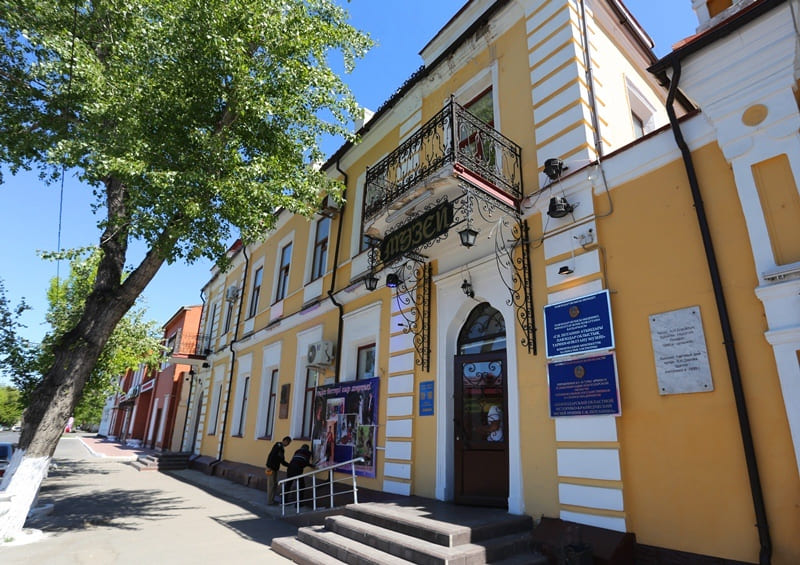
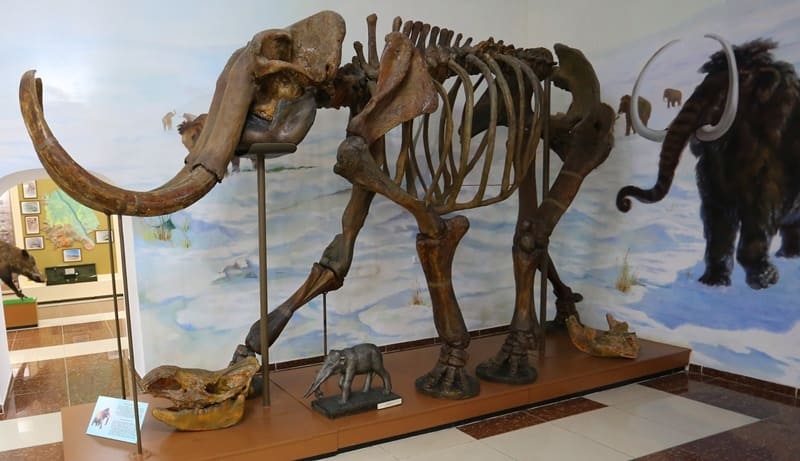
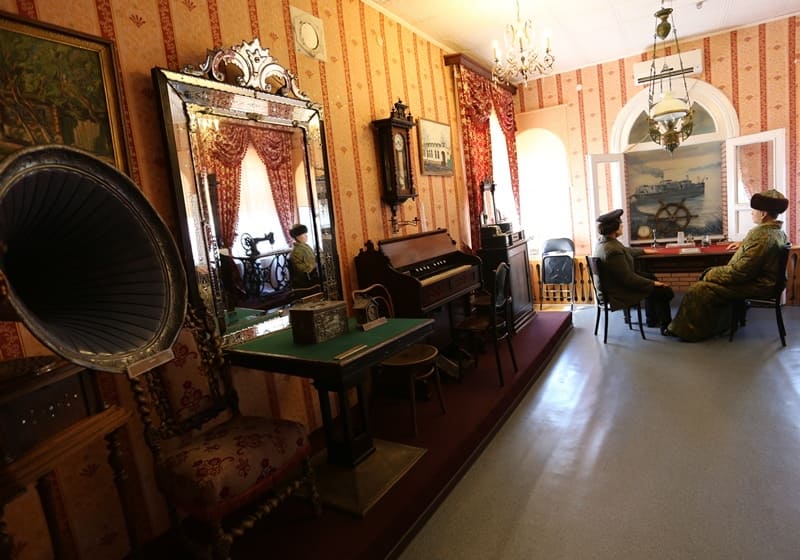
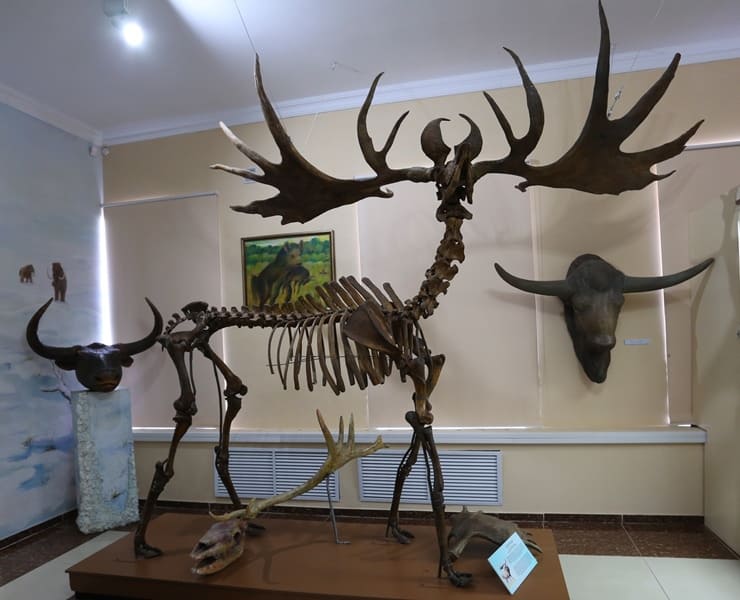
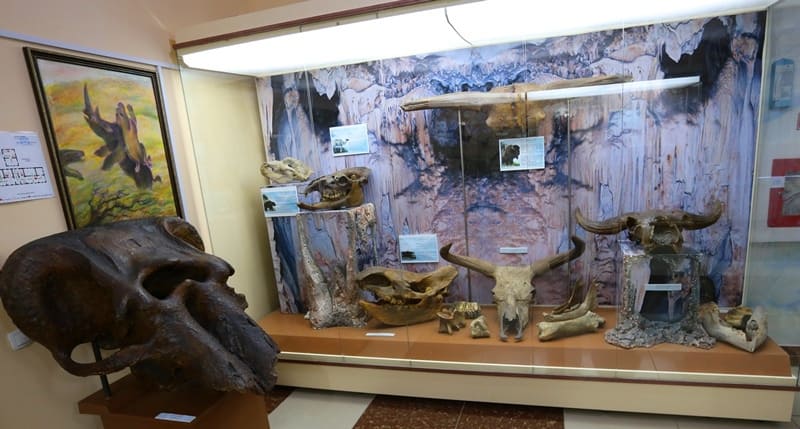
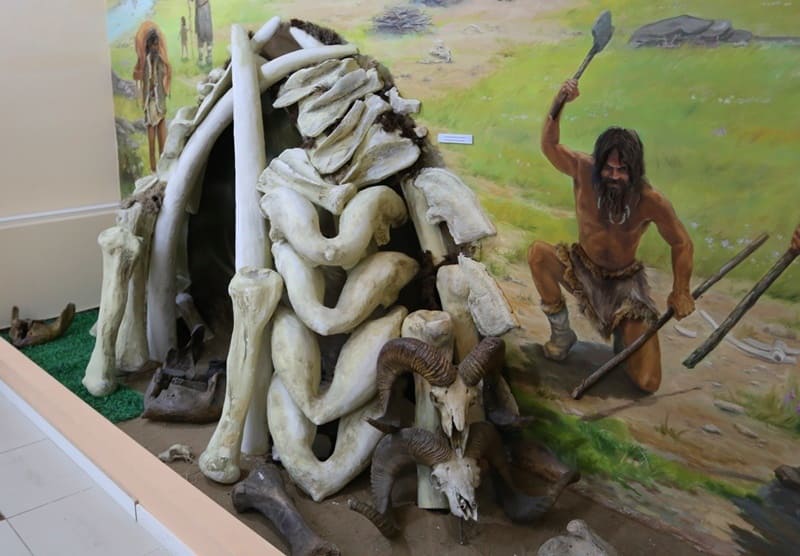
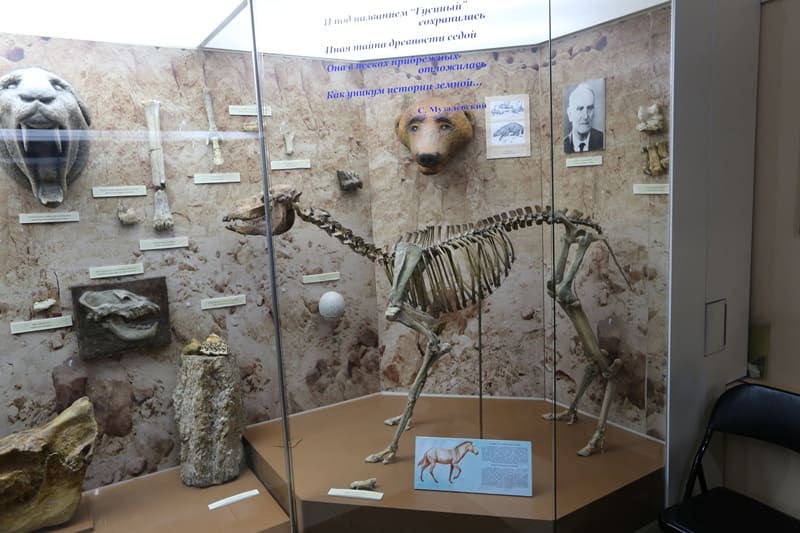
Authority:
The book "Pavlodar region".
Photos by
Alexander Petrov.







